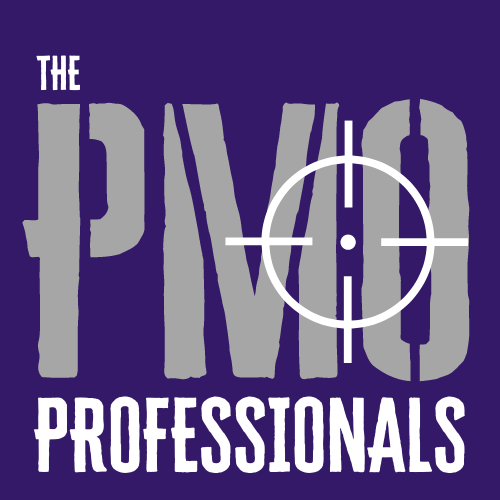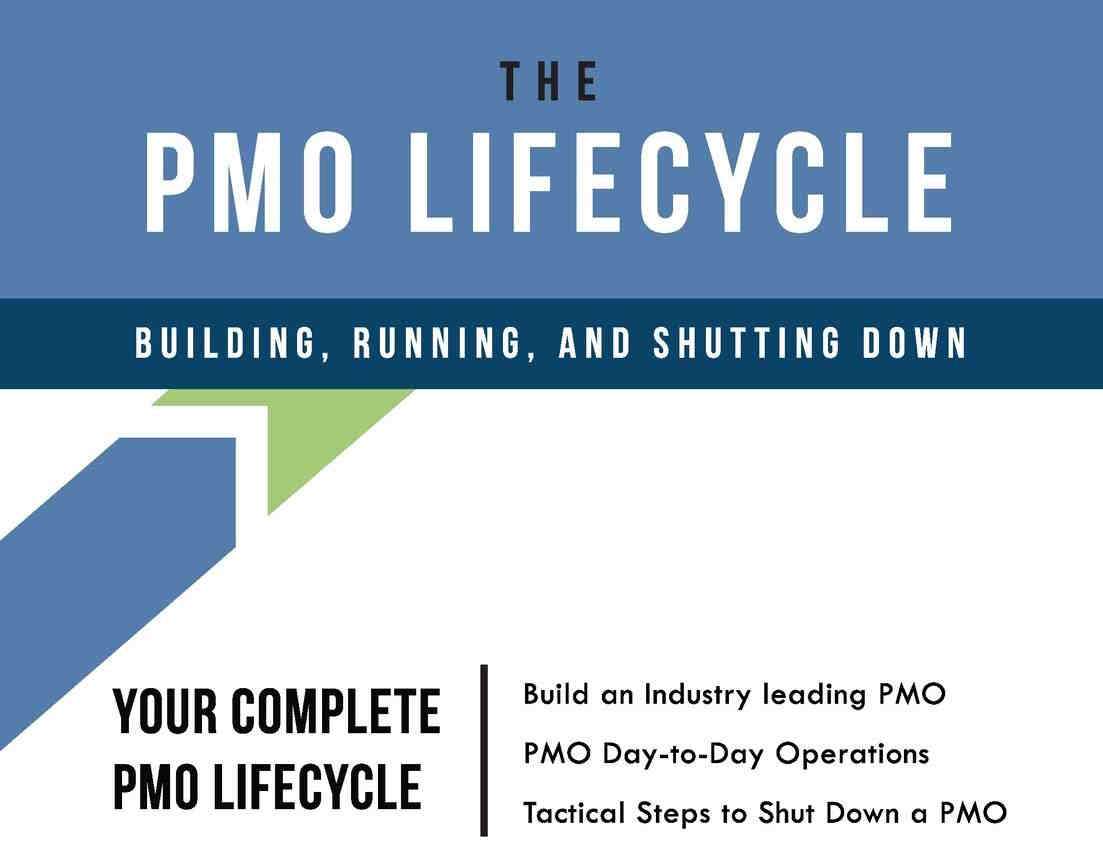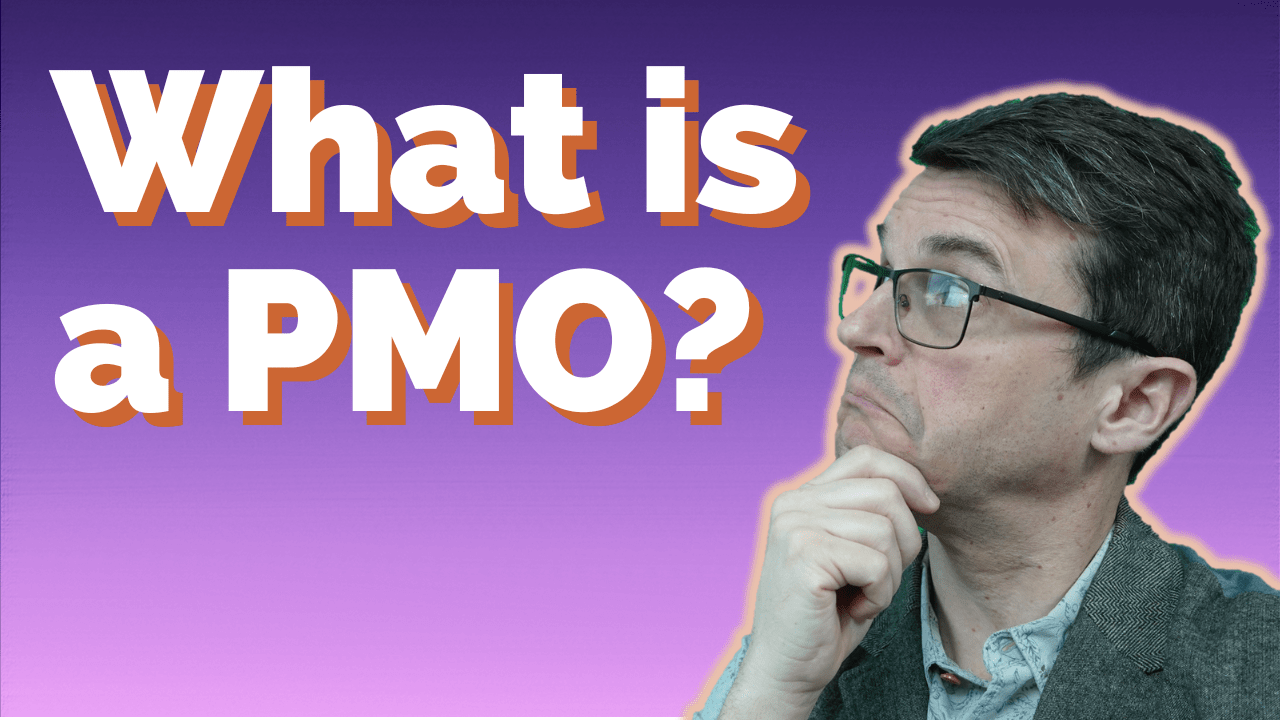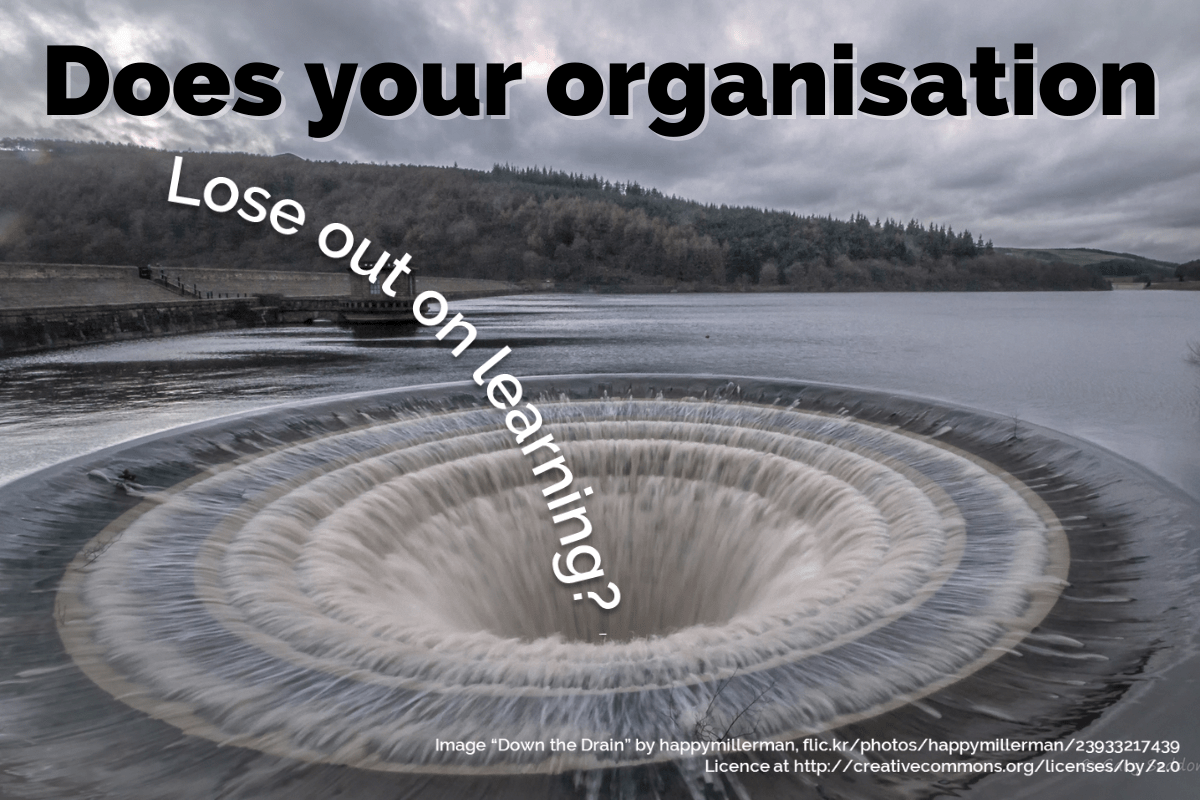In a previous post, I cautioned against starting your PPM tool journey by contacting vendors and looking at the various tools on offer; that it’s the equivalent of deciding on a solution before you’ve fully understood what the problem is that you’re trying to solve.
6 questions to consider first…
1. What are the business problems that you are hoping to solve with a PPM tool?
PMO teams are constantly chasing project teams for updates, spending days collating data or producing meeting packs on project progress.
Why are they doing this? Ultimately, it’s to provide timely and accurate management information that enables and supports effective decision-making.
PMO professionals often lament the challenge of running a function with only spreadsheets, documents and emails; they get so caught up in the PRODUCTION of information, they can lose sight of what that information is being produced FOR. Busy making sure that things are being done right, and providing as much as possible rather than highlighting what is important to their customers.
Senior managers and business leaders need confidence that their attention is focused on the right things.
Take care not to view the implementation of a PPM tool as an opportunity to just provide even more; the information already available across the various formats may already be sufficient – if that data is easier to access, less time is spent collating it and the focus shifted towards adding value through analysis and recommendations.
Giving careful thought to the decisions that need to be made, and the information needed to facilitate those decisions, will help to maximise the value achieved from any tooling implemented.
2. Who are the customers of the PPM tool?
Are all of the organisation’s resources available to projects? Will they be expected to use the PPM tool too? Why/why not?
Would HR data about skill sets and capabilities be useful if made available within the PPM tool, to enhance resource management and capacity planning?
Could the solution push/pull data between a Finance system, to minimise manual entry or data re-keying?
Or it may be that better communication and/or collaboration is needed across the organisation, rather than simply more data.
It’s important to determine the answers to these questions, as they will inform the requirements gathering, configuration approach, user training and even user licensing.
3. Are the existing pain points around gathering data & providing information understood across the organisation?
A PPM tool is only ever going to be as useful as the information available from it. That means data must still be gathered – using inputs from the very same people the PMO is currently relying upon.
It still needs to be validated so it can be presented in a way which focuses the attention of the senior managers and business leaders when and where it is needed most.
Having a PPM tool just shifts the challenge – it doesn’t remove it. It will likely create a whole set of new ones too. If anything, implementing a PPM tool will magnify the existing challenges within the organisation.
Take care to be sure that those challenges are properly investigated and that any improvements identified will be enabled and enhanced by any PPM tool, rather than assuming that implementing a tool alone will solve them.
4. Is the PMO purpose or mandate clear within the organisation?
Some senior managers and business leaders come to believe that a PPM tool will give them everything they need, at the touch of a button.
They may even go so far as to say that a PPM tool would replace the PMO…
Revisiting the reasons why the PMO was originally established may help an organisation to realise that it’s not just about the reporting.
Maybe the PMO isn’t quite fulfilling that purpose or mandate right now, because of the time and effort it spends on gathering data – or maybe it’s because of something else.
This is a perfect opportunity to have that discussion.
5. Who will perform the required System Administration and Second Line Support roles?
Discontinuing the PMO once a PPM tool has been implemented may be considered, but in reality most queries about using the toolset will require more specialist knowledge than First Line Support provided by an IT Helpdesk can provide.
The PMO will be particularly well placed to provide guidance and support on how the tool should be used in line with the organisation’s own change framework and delivery methodologies, and any new ways of working required across the user community.
If the PMO no longer exists, outsourcing support to a PPM vendor could ultimately negate any cost savings perceived by disbanding the function.
6. To benefit fully from a PPM tool, are you prepared to overhaul ALL existing processes & people within the PMO?
The functions and services needed by the organisation once a PPM tool has been adopted will look different to what currently exists. This affects all existing processes, templates and procedures, staffing levels and skill sets.
Process mapping the as-is and to-be state is highly recommended before any configuration or implementation work starts. Enhancements or retirements can then be planned well in advance of implementation, along with vital change management approaches.
Finally, Don’t assume that the only answer is a PPM tool!

















